Disclosure: This article contains affiliate links. We may earn a commission from purchases at no extra cost to you, which helps our travel content.
Hey fellow budget wanderers! After spending a combined six weeks bouncing between these two Southeast Asian powerhouses last year, I'm finally putting together the guide I wish I'd had. Both cities captured my heart in completely different ways – Bangkok with its chaotic energy and Kuala Lumpur with its fascinating cultural fusion. But which one stretches your dollars further while still delivering those authentic experiences we're all chasing? Let's break it down from someone who tracked every single ringgit and baht spent!
Accommodation Face-Off: Where You'll Rest Your Head
Let me tell you about my accommodation adventures in both cities – because where you sleep can make or break your budget!
In Kuala Lumpur, I was genuinely shocked by the value. For around $12-15 USD per night, I stayed in spotless hostels with privacy curtains, rooftop gardens, and sometimes even small pools. My favorite was BackHome Kuala Lumpur, where the restored colonial building featured gorgeous sustainability initiatives including rainwater collection systems. Even private rooms with ensuite bathrooms often ran under $30 in central locations.
Meanwhile in Bangkok, the baseline was slightly cheaper – basic dorm beds started around $8-10 – but the quality variance was much wider. The sweet spot seemed to be around $12-14 for hostels with solid amenities. What Bangkok offers that KL doesn't are those ultra-budget $5 fan dorms if you're really stretching pennies.
For both cities, I booked through Hostelworld which saved me about 10% on most stays with their loyalty program. When I splurged on a private room for a mental health reset, my travel pillow was an absolute lifesaver during those long bus rides between cities!
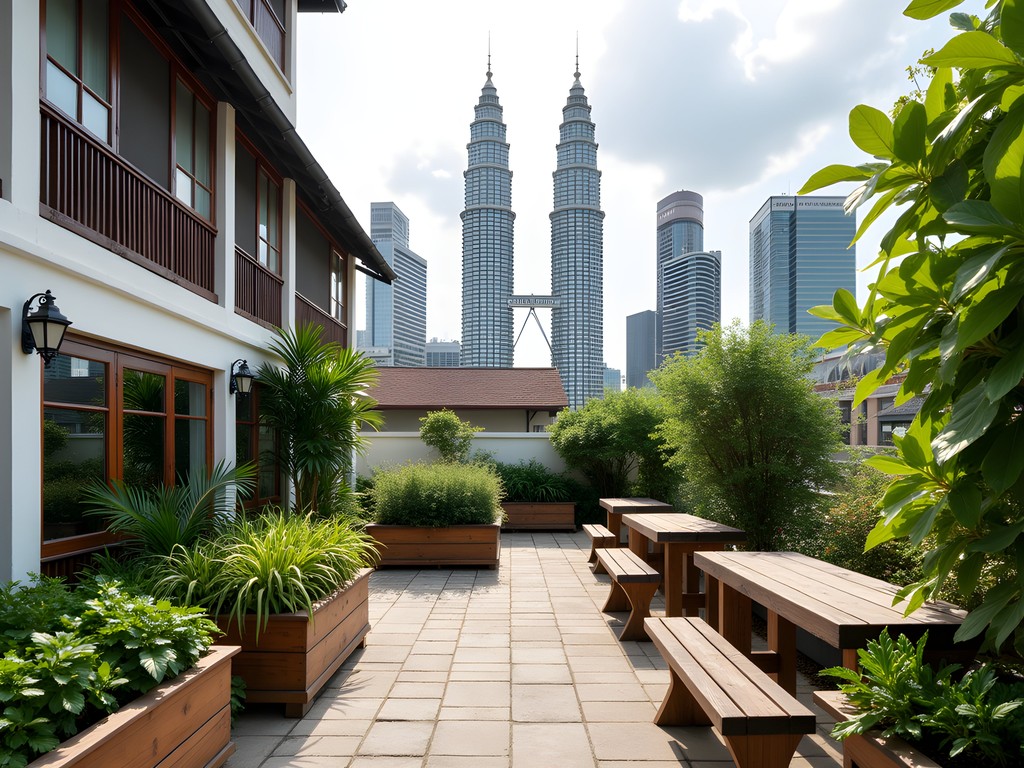
💡 Pro Tips
- Book accommodations at least 3-4 days ahead in both cities during high season
- In KL, look for hostels in Bukit Bintang or Chinatown for best value-to-location ratio
- Bangkok's Silom and On Nut areas offer better budget options than the Khao San tourist zone
Street Food Showdown: Flavor per Dollar
Food might be the single biggest factor in my travel happiness equation, and both cities are absolute paradises for budget foodies – but in different ways!
Kuala Lumpur wins on diversity hands-down. Within a single food court, you can sample authentic Chinese, Indian, and Malay dishes that haven't been watered down for tourists. My typical meal budget was 8-15 MYR ($2-3.50 USD) at hawker centers. The cultural fusion creates dishes you literally can't find anywhere else – like my obsession, Mamak-style roti canai with fish curry. Plus, KL has surprisingly affordable specialty coffee culture if that's your thing.
Bangkok edges out KL on sheer affordability. Street pad thai for 40 baht ($1.20)? Yes please! The night markets deliver incredible bang-for-buck, with most dishes under 100 baht ($3). Bangkok also offers more ultra-budget options – those 25 baht ($0.75) bags of sliced fruit saved me countless times. The food is less diverse than KL but dives deeper into regional Thai specialties.
For both cities, I tracked everything in my travel journal and found I spent almost exactly the same on food weekly despite eating out for every meal – around $15-20 per day eating primarily at local spots.

💡 Pro Tips
- Look for food stalls with long local lines – that's where the magic happens
- In KL, Jalan Alor food street offers amazing variety but prices are 20% higher than neighborhood spots
- Bangkok morning markets (6-9am) often have the cheapest and freshest food
Getting Around: Transportation Budget Breakdown
Transportation is where these cities diverge dramatically in both sustainability and budget impact.
Kuala Lumpur has invested heavily in public transit infrastructure that actually works. The integrated network of MRT, LRT, monorail and buses can get you virtually anywhere for 1-5 MYR ($0.25-1.20) per trip. I purchased a reloadable transit card on my first day, which saved about 30% compared to single tickets. The stations are air-conditioned, clean, and have clear signage in multiple languages – a godsend when you're navigating a new city in tropical heat.
Bangkok's transit story is more complicated. The BTS Skytrain and MRT subway are efficient but limited in coverage and relatively expensive (30-50 baht/$0.90-1.50 per trip). For budget travelers, the real lifesavers are the extensive boat networks (10-20 baht) and local buses (8-20 baht). The catch? They're much harder for foreigners to navigate without Thai language skills. Grab (Southeast Asia's Uber) is very affordable in Bangkok compared to Western prices, but still adds up.
For sustainability, KL's modern public transit clearly wins, but Bangkok's extensive boat network uses existing waterways brilliantly. My portable power bank was essential for both cities, as I relied heavily on map apps to navigate, especially in Bangkok where streets can be labyrinthine.
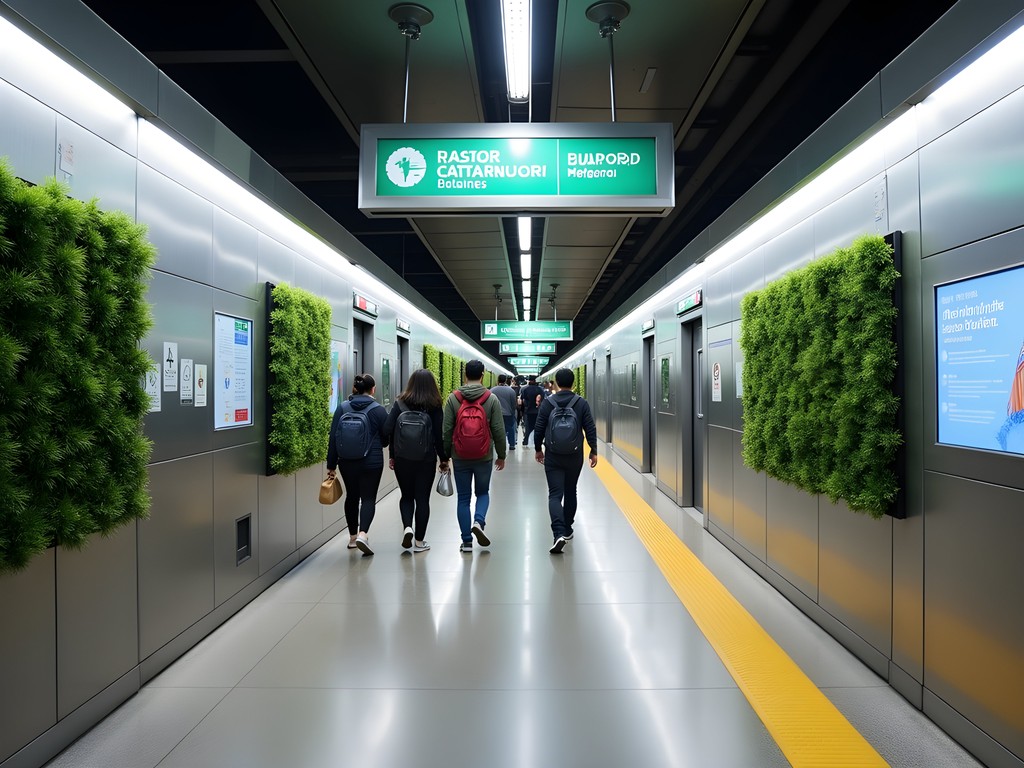
💡 Pro Tips
- Download the PULSE app for KL transit and 2gis offline maps for Bangkok before arriving
- In Bangkok, the Chao Phraya Express Boats are both practical transport and scenic river tours for just 10-20 baht
- KL's GO KL free bus loops hit many major attractions – perfect for budget travelers
Cultural Experiences & Free Activities
The best travel experiences often cost nothing – and both cities deliver incredible free and low-cost cultural immersion opportunities.
Kuala Lumpur surprised me with its abundance of free museums and cultural sites. The Islamic Arts Museum (free on Fridays) houses one of the most stunning collections I've seen anywhere. The city's diverse religious landscape means you can visit Hindu temples, mosques, and Chinese temples all within walking distance of each other. KL's numerous parks and green spaces provide welcome respite from urban intensity – the KLCC Park at the base of the Petronas Towers offers free evening light shows and a splash pool.
Bangkok excels at immersive neighborhood experiences. Wandering through the alleyways of Chinatown or exploring the riverside communities costs nothing but delivers priceless cultural insights. The city's Buddhist temples charge modest entry fees (100-500 baht) but offer profound spiritual experiences. Bangkok's public parks come alive at dawn and dusk with free communal tai chi, aerobics, and sepak takraw games you're welcome to join.
In both cities, I found my quick-dry travel towel essential for spontaneous visits to temples where modest dress is required – it worked perfectly as an impromptu shoulder cover or head scarf. For capturing the incredible architecture in both cities, my smartphone tripod helped me take steady low-light photos without carrying bulky equipment.
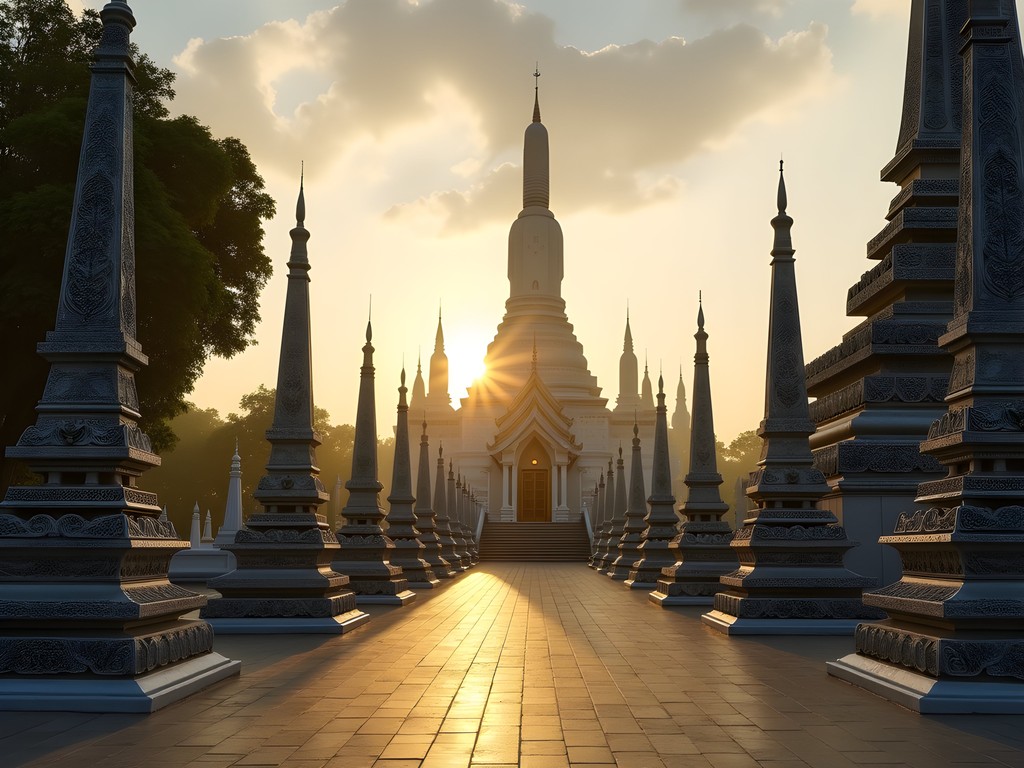
💡 Pro Tips
- Visit KL's Batu Caves early morning (before 8am) to avoid both crowds and midday heat
- Bangkok's Lumpini Park offers free monitor lizard 'safaris' – these impressive creatures roam freely!
- Both cities have excellent free walking tour apps – GuidiGO for KL and VoiceMap for Bangkok
Sustainability Scorecard: The Green Traveler's Perspective
As someone working in environmental non-profits, how these cities approach sustainability matters deeply to me – and affects how I allocate my travel dollars.
Kuala Lumpur has made impressive strides in recent years. Their public transportation system significantly reduces the city's carbon footprint, and many newer buildings incorporate green design principles. Several hostels I stayed in had implemented comprehensive recycling programs, water conservation systems, and even small organic gardens. The city still struggles with plastic waste, but reusable options are increasingly available. I was pleasantly surprised to find numerous vegetarian/vegan restaurants catering to the growing eco-conscious crowd.
Bangkok presents more sustainability challenges but shows promising grassroots initiatives. The city's famous markets generate significant waste, though some vendors have begun using banana leaf packaging and other traditional alternatives to plastic. Several community-led projects like Bangkok 1899 and Phra Kanong's sustainable market are creating eco-friendly spaces. The boat transportation network makes brilliant use of existing waterways rather than building new infrastructure.
In both cities, I used my reusable water bottle with built-in filter constantly – it saved me from buying hundreds of plastic bottles and worked perfectly with the public water refill stations becoming more common in KL (Bangkok still has fewer safe refill options). My reusable shopping bag was essential for market visits and reducing plastic waste.
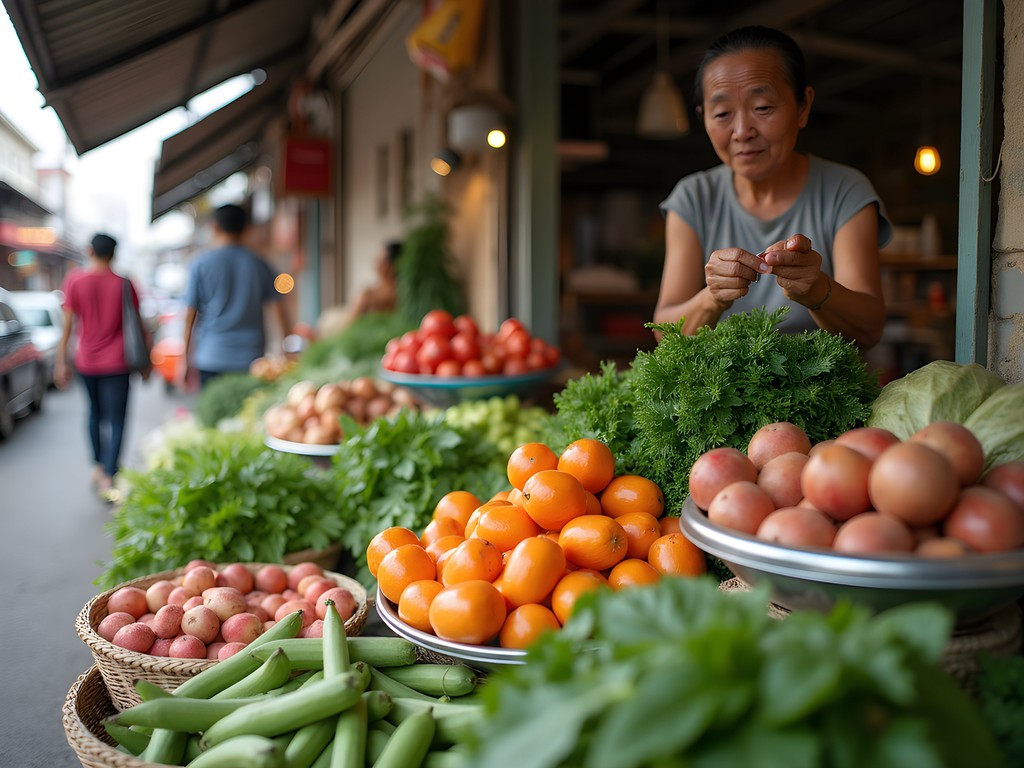
💡 Pro Tips
- KL's RefillMyBottle app shows safe water refill stations throughout the city
- Bangkok's Refill Station cafes offer package-free household products – bring containers to stock up
- Both cities have Facebook groups for secondhand gear exchange among travelers – great for sustainable packing
Final Thoughts
After weeks of meticulous budget tracking and countless conversations with fellow travelers and locals, my verdict might surprise you: there's no clear winner in this Southeast Asian showdown. These cities offer different flavors of budget travel excellence.
Choose Kuala Lumpur if you value infrastructure ease, cultural diversity, and a gentler introduction to Southeast Asia. Your dollars stretch incredibly far here for the quality received, especially in accommodation and transportation.
Choose Bangkok if you're after that raw, unfiltered energy that defines Southeast Asia in many travelers' imaginations. Your baht will buy incredible street food experiences and access to a city that never quite reveals all its secrets.
Or better yet – do what I did and visit both! They complement each other perfectly on a longer Southeast Asia journey. The real win comes from approaching either city with curiosity, respect for local customs, and a willingness to step away from the tourist zones. Whether you're watching sunset from a KL rooftop or navigating Bangkok's canal boats with commuting locals, these budget-friendly capitals deliver experiences that expensive resorts simply can't buy. Which city will you choose first?
✨ Key Takeaways
- Bangkok offers slightly lower rock-bottom prices, but KL delivers better overall value for mid-range budget travelers
- Both cities can be comfortably experienced on $30-40 per day including accommodation
- Sustainable travel options are growing in both cities but require intentional choices
- Transportation ease gives KL a significant advantage for first-time visitors to Southeast Asia
- The best experiences in both cities are often the free or low-cost cultural immersions away from tourist centers
📋 Practical Information
Best Time to Visit
November-February for both cities (dry season with milder temperatures)
Budget Estimate
$25-40 USD per day including accommodation, food, transportation and activities
Recommended Duration
4-5 days per city minimum
Difficulty Level
Easy

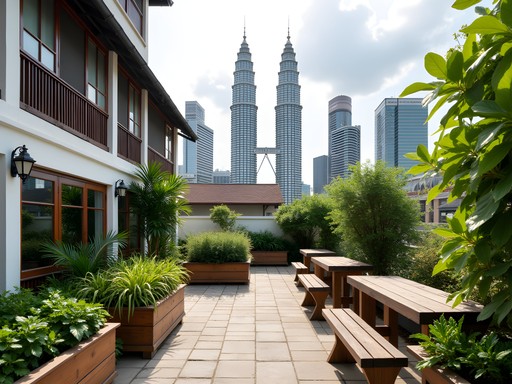
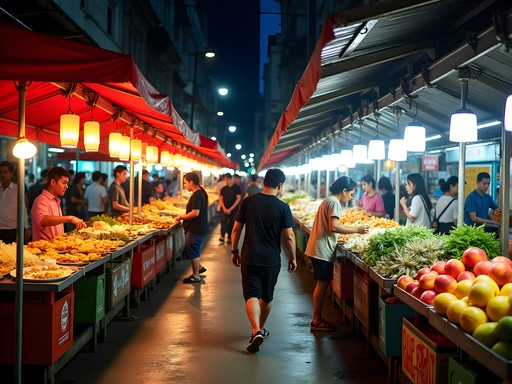
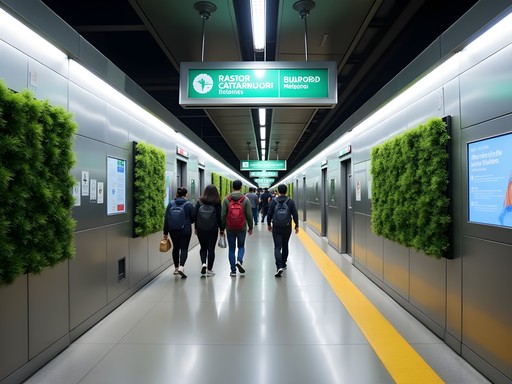
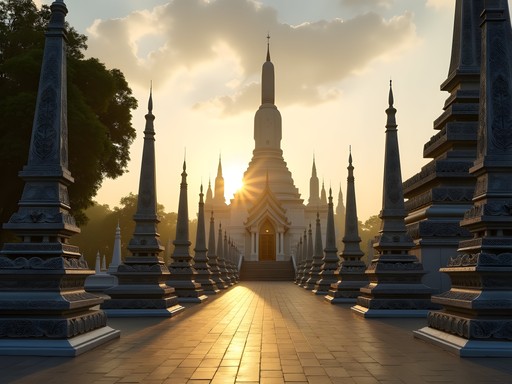
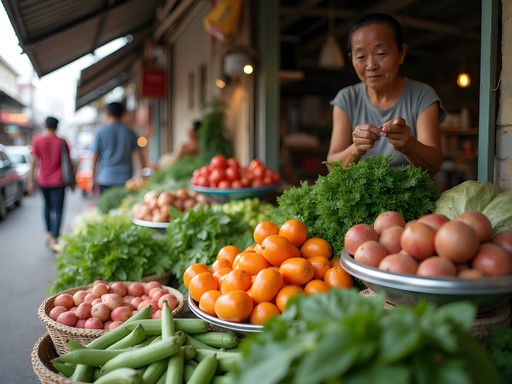


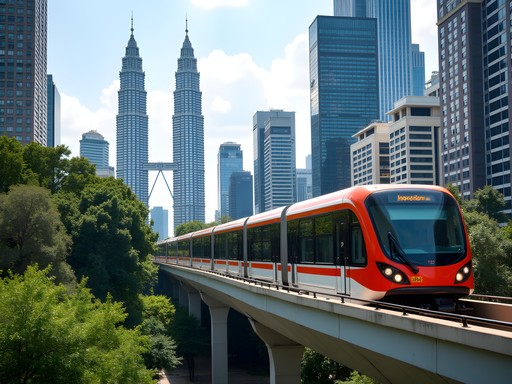
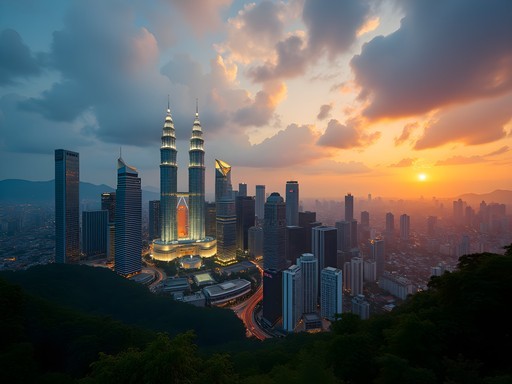
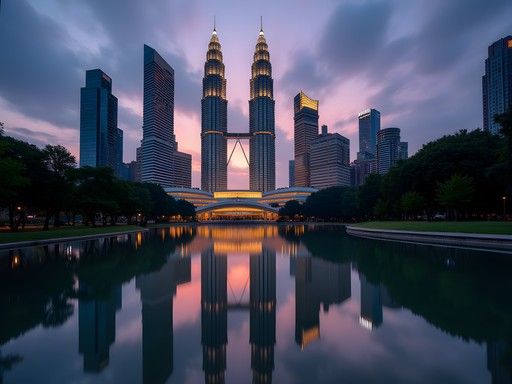
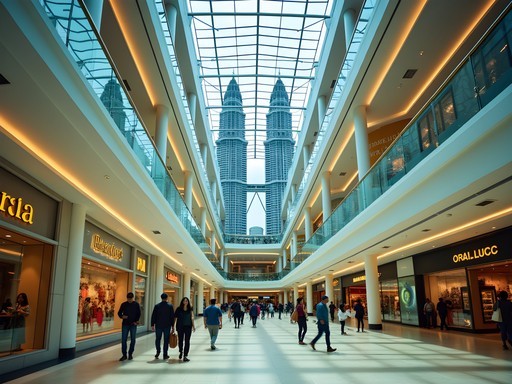
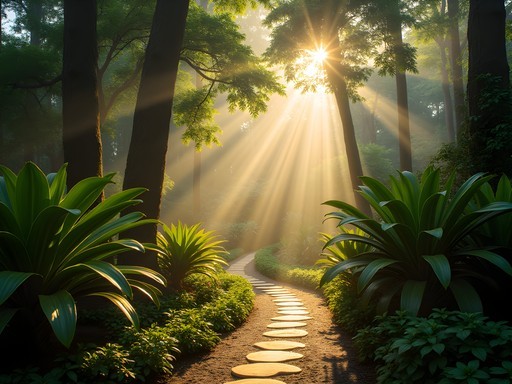



Comments
Leah Clark
What a thoughtful comparison! Having lived in Bangkok for 2 years and visited KL numerous times, I think you really captured the essence of both cities. One thing I'd add for cultural experiences - the temples in Bangkok are more expensive for tourists (especially Wat Pho and Grand Palace), but they're truly magnificent. KL's cultural sites like Batu Caves and various temples are often free or very low cost. For solo female travelers on a budget, I felt KL was slightly easier to navigate alone, though Bangkok has more budget accommodation options if you stay away from the main tourist areas. Try Ari neighborhood in Bangkok for a local experience with great food stalls that charge local prices!
redseeker
Thanks for the Ari tip! Adding that to my list for next time.
skyperson3547
Been to both cities multiple times and your comparison is spot on. One thing I'd add about transportation - Bangkok's motorcycle taxis saved me tons of time during rush hour when the BTS was packed. Just negotiate hard! KL's Grab is definitely more reliable than Bangkok's though. For budget travelers, I found KL's free GoKL buses amazing for hitting major attractions without spending a dime. Bangkok has nothing similar. Food-wise, Bangkok wins on variety, but KL wins on value especially at Malay-Chinese places. The no clear winner conclusion is exactly right - depends totally on what you prioritize!
waveexplorer
Are those free GoKL buses easy to figure out for first-timers?
skyperson3547
Super easy! They're color-coded routes and Google Maps shows them. Just look for the purple/green/blue buses at marked stops. They hit all the major spots downtown.
islandmood
This post is EVERYTHING! Heading to both cities in November and taking notes on all these budget tips. Can't wait for the food!
wildhero
Those street food pics making me hungry! 😋
starmate
Great comparison! I spent 3 months between both cities last year. One budget tip I'd add - the free walking tours in KL are actually better than Bangkok's. Also found hostels in KL to be cleaner overall, but Bangkok wins for variety of cheap eats. I tracked everything with budget app and spent about 15% less in KL overall.
backpackwanderer
OMG this post is PERFECT timing!!! Just booked flights to both cities for my gap year!!! 🌏✈️ Spent 3 weeks in Bangkok last year and LOVED the street food scene - those mango sticky rice desserts changed my life lol. Anyone tried those boat noodle places near Victory Monument? Tiny bowls but AMAZING flavors for like 20 baht each! Curious about KL's Chinatown food stalls - are they really cheaper than Bangkok's? Also used my money belt everywhere in Bangkok which was super helpful with all the cash from ATMs. Can't wait to explore KL's night markets!! Any recommendations for hostels near public transport in both cities?
Sarah Powell
For KL hostels, BackHome near Masjid Jamek LRT station is excellent - clean, social, and perfectly located. In Bangkok, Lub d Silom has been my go-to for years. Both are near metro stations which saves a ton on transportation.
Jean Wells
Excellent comparison, Skyler. Having lived in Asia for over 15 years, I'd add that the seasonal timing significantly impacts budget considerations. Bangkok during peak season (Nov-Feb) sees accommodation prices surge by 30-40%, while KL maintains more consistent pricing year-round. One often overlooked aspect is the airport connection - KLIA Ekspres in KL is more expensive but direct, while Bangkok offers more budget options but requires more transfers. For solo travelers watching every dollar, this matters. Your street food analysis was spot-on - I'd emphasize that Bangkok's variety is unmatched, but KL's food courts offer better value for first-timers hesitant about pure street stalls.
waveexplorer
Just what I needed! Heading to both cities next month and was debating where to spend more time.
skyperson3547
I'd personally spend more time in Bangkok if it's your first visit. More to see and do!
waveexplorer
Thanks for the tip! I've got 10 days total so maybe 6 in Bangkok and 4 in KL?
wavewalker
Been to both 6 times. Bangkok wins for food, KL for ease of getting around.
greenzone
Just booked flights to both cities for January!!! So excited! Your street food section has me drooling already!
Venture X
Premium card with 2X miles, $300 travel credit, Priority Pass